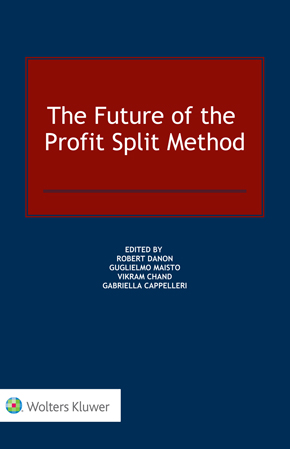
The Future of the Profit Split Method is a thoroughgoing book elucidating the profit split method (PSM). Among the various transfer pricing methods, the OECD’s Base Erosion and Profit Shifting (BEPS) project provided substantial guidance on the PSM in 2018. In this exhaustive and meticulous compendium – the first book to analyse this increasingly adopted transfer pricing method – notable scholars and practitioners working in the international tax community express their views on the method, answering some unresolved questions and highlighting issues that are still open and pending, especially in light of the digitalization of the economy.
What’s in this book:
The contributors have addressed the following pivotal issues:
This book also provides an in-depth comparative analysis and relevant experiences of applying this method in France, Germany, Italy, Spain, Switzerland, the United Kingdom, and the United States. A concluding chapter also deals with selected industry experiences.
How this will help you:
Considering a high level of uncertainty in alignment with international guidance in the application of the PSM – and to the underdeveloped nature of current literature on the subject – there is a need for this book because both tax administrations and taxpayers, henceforth, will apply the PSM extensively. The book is highly relevant for policymakers, tax administrations, practitioners and academics engaged in the areas of international taxation, transfer pricing and tax policy.